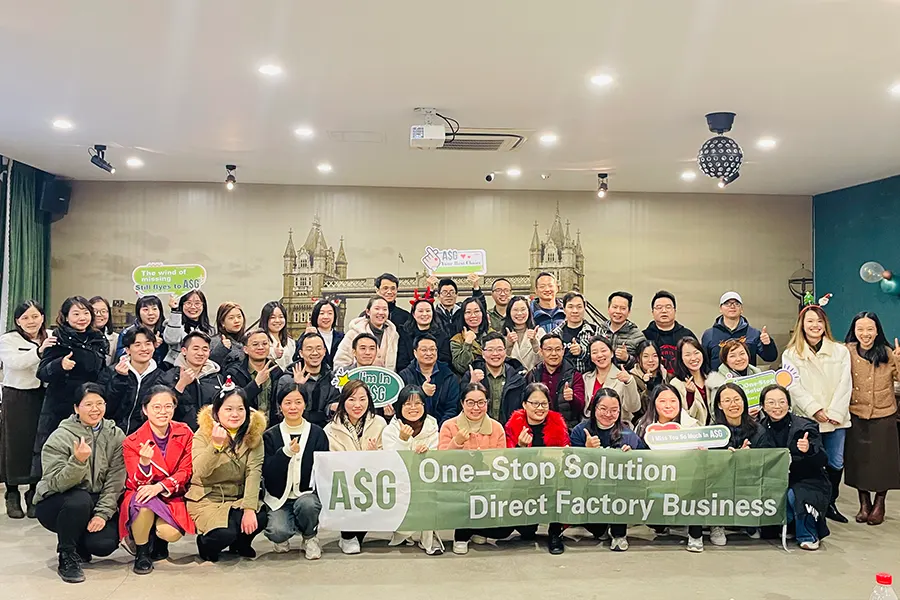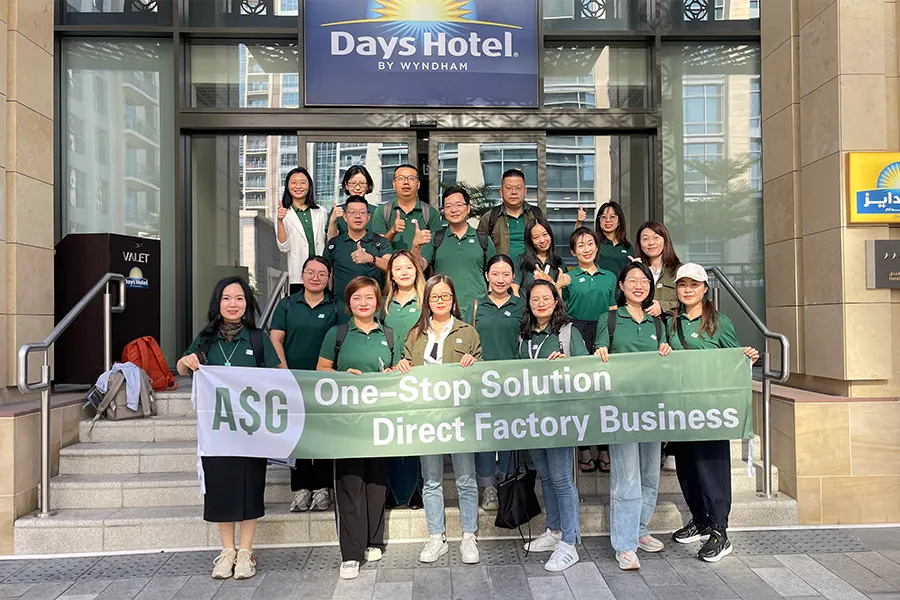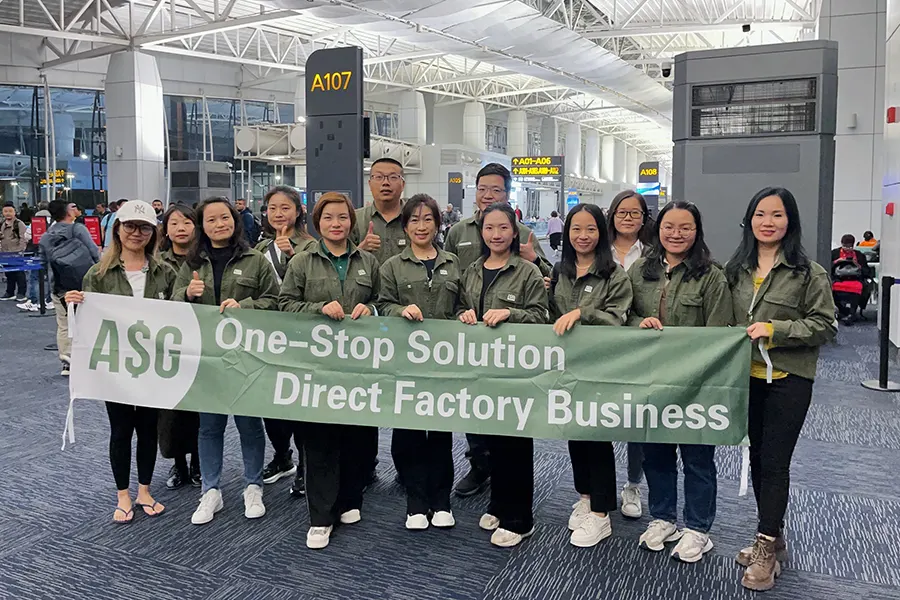Notifications
Clear all
Main Forum
1
Posts
1
Users
1
Reactions
313
Views
Jun 06, 2024 4:59 am
If a trading company says "our advantage is price, and our price is lower than many factories", I believe your first reaction must be doubtful.
How can the price of a trading company be lower than a factory?
But in fact, this is possible.
The reason is very simple, because plenty of factories all have problems in cost management.
Although they have been fighting with the "visible cost" for a long time, they have always ignored the "invisible cost".
So, what is the visible cost?
Wages,equipment costs, marketing costs, etc., these are all visible costs.
So, what is the invisible cost?
Let me tell you a story first.
Two years ago, we established a partnership with a supplier.
But after working for a while, we found that something was wrong.
That is, no matter what we ask him to do, he will waste lots of time.
Because any decision in the factory needs to be approved by the procurement, production, finance and other departments.
In this case, they can only accept half of the orders from us in one year.
Since the turnover rate is low, the cost will naturally go up.
This is one kind of invisible cost.
Therefore, we cannot simply equate factories with low cost.
In particular, many factories are just doing assembly work and have no core competencies at all.
Now you may ask me, since factories are not cheap, what can trading companies do?
Actually, there are so many things they can do, such as the following four things:
1、Sourcing and selecting suppliers
In my opinion, developing a quality supplier is like finding the right person and overcoming all the difficulties to become a couple.
That means, you can never expect to find a quality supplier on the B2B platform with the simple sentences like "Do you have XX products? I want to purchase".
This behavior is quite stupid and ridiculous.
Because the quality supplier must not be short of orders, you can't bind him with that.
So, what trading companies need to do is finding some factories which can do a good job in procurement and supply chain management.
Then, they can form a long-term strategic partnership to win support.
2、Educate and manage suppliers
How to achieve the educational empowerment?
In a word, trading companies need to discover problems from suppliers and propose solutions like a consultant.
In fact, educating suppliers is similar to educating employees.
Just as employer can't make sure that every employee is a talent, buyers can't make sure that every supplier can do best at beginning.
In this case, trading companies can spend time and energy to upgrade factories.
3、Manage the sub-suppliers
In the traditional business model, buyers are basically unable to reach the sub-suppliers.
But in my opinion, managing sub-suppliers can bring us the following three benefits:
1) Reduce total costs through economies of scale.
2) Ensure that raw materials meet the terminal technical standards.
3) Make sure a unique value in the supply chain.
So as trading companies, managing the sub-suppliers is necessary.
4、Implement the optimal combination of suppliers
As a buyers, what would you do if you need 10,000 street lights?
I believe that most buyers will try to find a factory which can produce street lamps, and then place the order.
But in fact, this practice will increase a lot of procurement costs.
A better way could be to purchase parts from different places where the raw materials are the cheapest.
After that, we can choose a factory with low labor cost to assemble the parts.
This is one of the important reasons why trading companies can be cheaper than factories.
All in all, what matters is not whether the other party is a factory, but whether he has supply chain management capabilities.





-300x198.png)